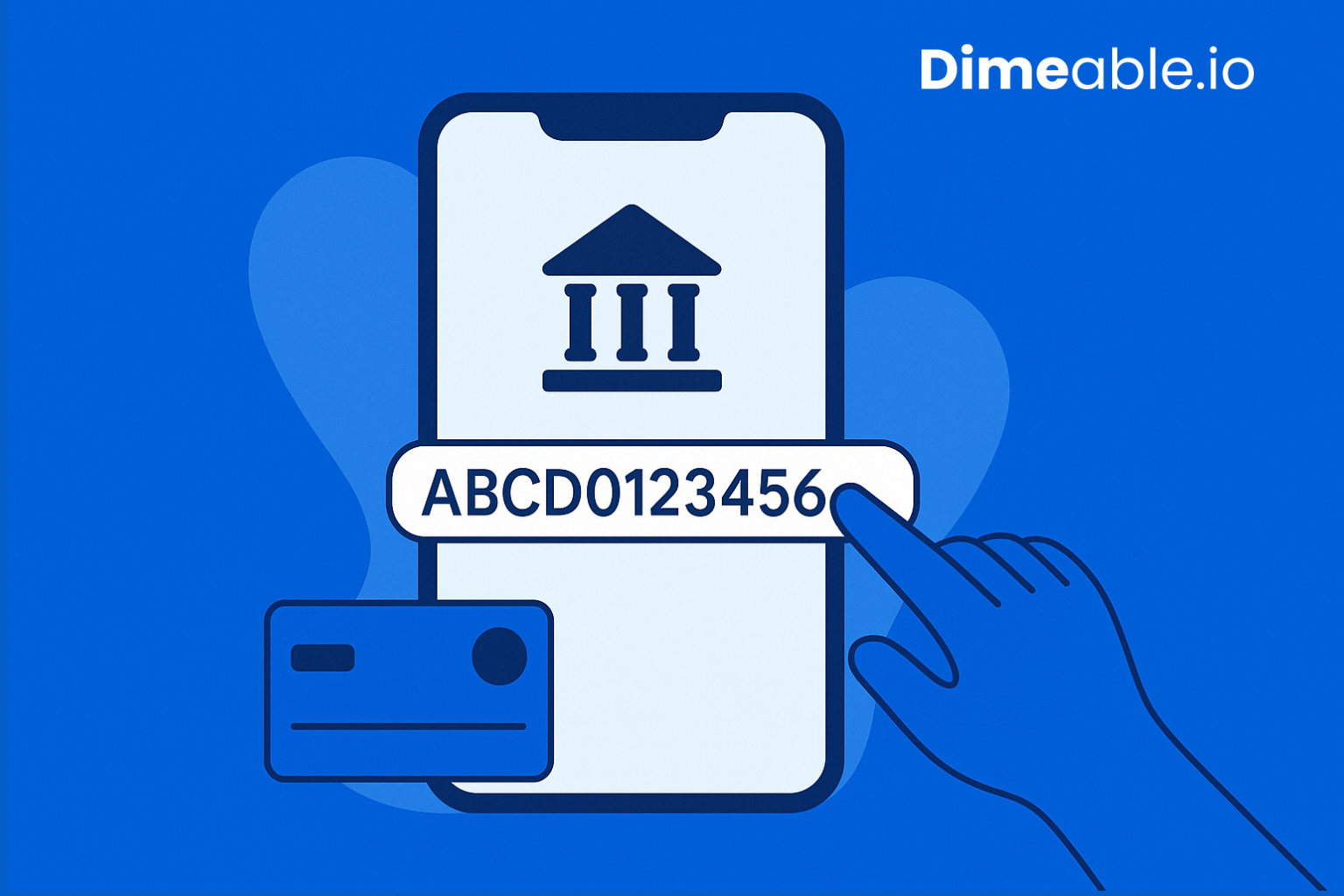Ever tried to send money online and been hit with:
“Please enter IFSC code.”
That odd string of letters and numbers isn’t just a formality. It’s the unsung hero that makes sure your ₹20,000 rent doesn’t end up in someone else’s account in Ranchi.
Welcome to the world of IFSC, where digits do the heavy lifting in India’s modern banking system.
Let’s decode it — one letter at a time.
What Is IFSC?
IFSC stands for Indian Financial System Code. It’s an 11-character alphanumeric code assigned to each bank branch in India by the Reserve Bank of India (RBI).
In simpler terms:
It’s the unique digital address of your bank branch. Just like your PIN code helps identify your location, an IFSC code helps identify exactly where a transaction should go within the massive maze of Indian banks.
So whenever you initiate an NEFT, RTGS, or IMPS transaction — IFSC is the GPS your money follows.
Structure of an IFSC Code
Here’s what the 11 characters mean:
Example: HDFC0001234
| Characters | Meaning |
|---|---|
| HDFC | Bank code (First 4 letters) |
| 0 | Reserved for future use |
| 01234 | Branch code (Last 6 digits) |
So in this example:
-
HDFC = HDFC Bank
-
01234 = Specific branch (say, South Delhi branch)
How IFSC Works: From Click to Credit
Let’s say you’re transferring ₹5,000 to your friend Raj, who banks with ICICI in Mumbai. Here’s how the IFSC code helps:
-
You fill in Raj’s account number and IFSC code
This is like dialing both his number and extension. -
Your bank uses the IFSC to identify Raj’s bank and branch
Not just ICICI—but which ICICI branch. -
Payment system routes the funds accurately
Whether it’s NEFT, RTGS, or IMPS, the system matches the IFSC to the right destination. -
Money is credited to Raj’s account
All thanks to that tiny IFSC code you almost ignored.
Advantages of IFSC
Why is IFSC so important in the age of QR codes and UPI?
-
Faster Transfers
Ensures money goes exactly where it’s meant to — instantly or within hours. -
Accurate Routing
Eliminates ambiguity by uniquely identifying branches. -
Digital-First
Designed for NEFT, RTGS, and IMPS systems. -
Universally Accepted
Works across all Indian banks regulated by RBI. -
Essential for Integration
Enables financial APIs, online wallets, and corporate payroll systems.
IFSC vs MICR vs SWIFT: What’s the Difference?
| Code | Used For | Where |
|---|---|---|
| IFSC | Digital fund transfers | India |
| MICR | Cheque clearance | India |
| SWIFT | International wire transfers | Global banking system |
Where to Find Your IFSC Code
It’s not hidden in a vault. You can find it:
-
On the cheque leaf (top or bottom)
-
On your bank passbook
-
In internet banking or banking apps
-
On the bank’s official website
-
On reliable financial portals (but double-check!)
Key Takeaways
-
IFSC (Indian Financial System Code) is an 11-character code assigned by RBI to every bank branch in India.
-
It ensures accurate, secure, and fast fund transfers via NEFT, RTGS, or IMPS.
-
The structure includes a bank identifier, a reserved 0, and a unique branch code.
-
IFSC is vital for digital banking and forms the backbone of India’s real-time payment ecosystem.
Final Thoughts: Small Code, Massive Impact
You may never memorize your IFSC code. (No one expects you to.) But every time you send or receive money digitally in India — it’s that little 11-character sequence doing the behind-the-scenes magic.
It’s like the postal code of Indian banking — precise, reliable, and indispensable.
So next time your banking app says “Enter IFSC Code,” don’t roll your eyes. That’s your ticket to getting the money where it belongs.

